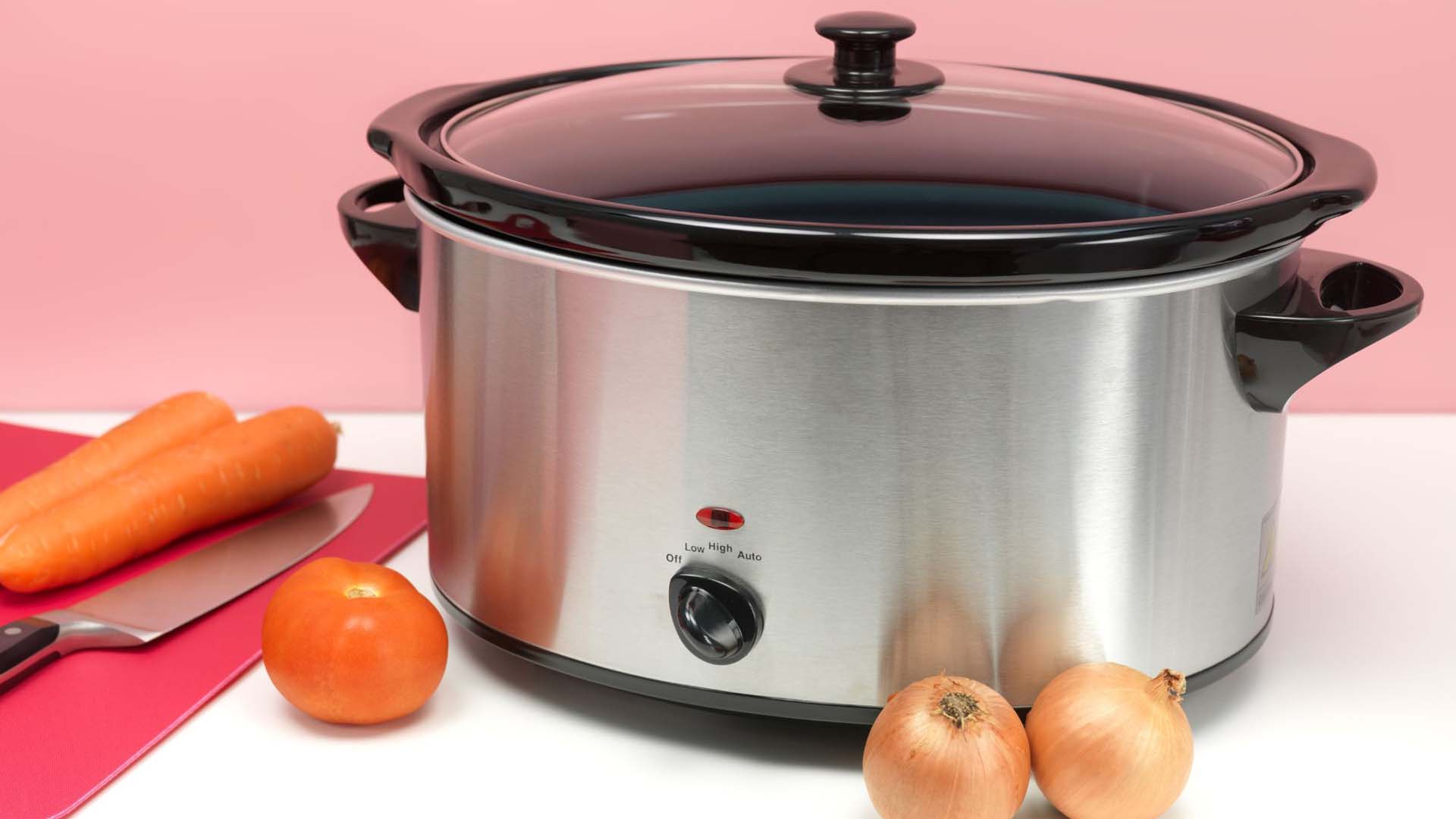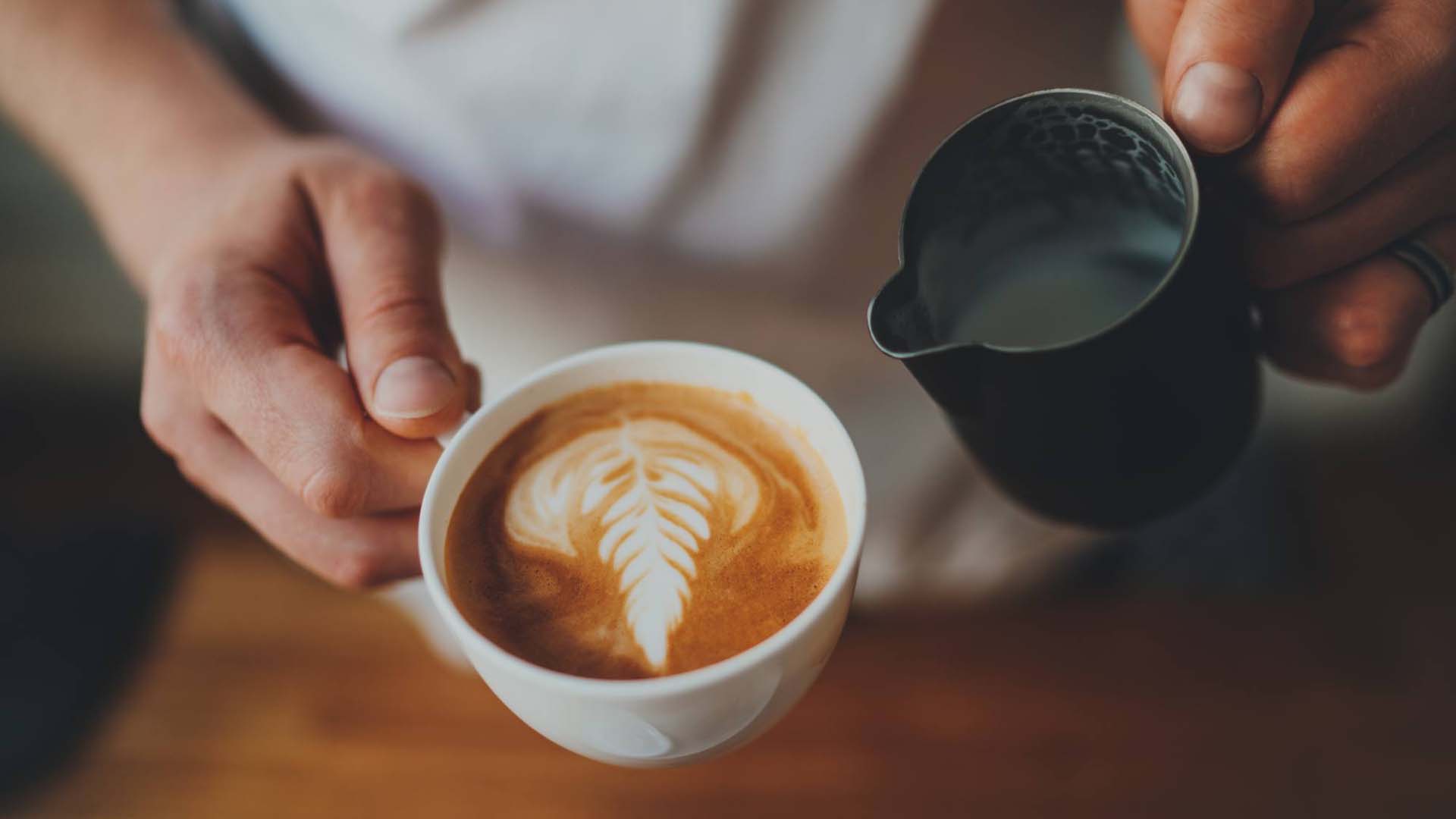
With the average Brit buying three takeaway coffees a week, making your own at home is the perfect cost-cutting exercise. Even though there are many different types of coffee makers that exist to help you with this, can you ever really get that barista coffee taste at home?
We asked the coffee experts to share their tips on how to make your home-brewed coffee taste just like it came from your favourite coffee shop.
Having worked in food and drinks marketing, journalism and PR, coffee connoisseur Lex Thornely went on to co-found ethical coffee brand Blue Goose Coffee.
He says recreating your favourite barista-made coffee may seem daunting but with practice and some expert tips, you’ll soon be able to brew delicious coffee at home.
While 80% of households use instant coffee, the way to get true barista coffee favour is ditching this for something a bit tastier. Thornley advises:
“Great coffee starts with great beans so make sure to invest in high quality, ethically-sourced coffee beans to ensure freshness and flavour.”
“Most large and even independent coffee shops now allow you to buy the beans they use in-store, so if you have a particular brand or roast you like I recommend seeing if you can buy some to ensure you get the flavour you love.”
Buying from a local-to-you roaster is a great idea, especially as there are hundreds of small batch roasters cropping up all the time.
You'll probably pay a bit more for the coffee than if you purchased from a supermarket, however you know it’s been freshly roasted and not sat in storage for months.
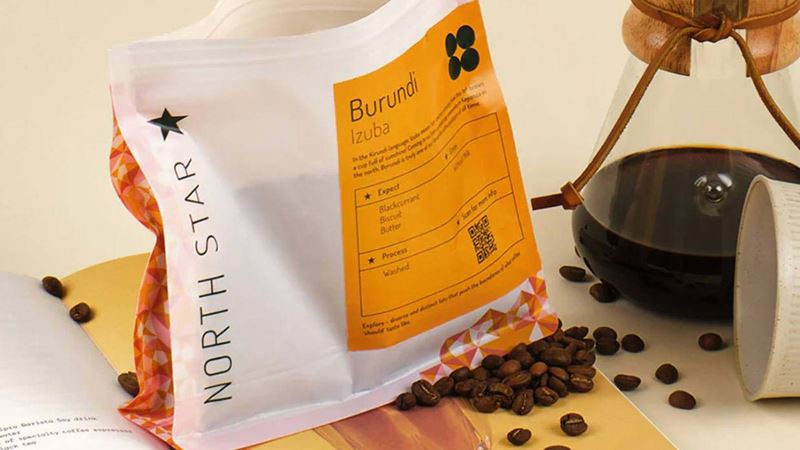
While many coffee shops will offer to grind the beans for you, Thornley says you’ll get the best-tasting coffee if you do it yourself. He says:
“For the best flavour, always grind your coffee beans fresh just before brewing.”
“This ensures that the coffee is as fresh and flavourful as possible. Invest in a small coffee grinder and keep your beans in an airtight container away from direct sunlight to keep all those rich flavours and aromas locked in.”
If you don’t want to fork out for a grinder, the best place to keep your grounds are in the freezer, just taking out portions as you need them. Thornley recommends keeping them in an airtight container and using within three months to prevent freezer burn.
If you're concerned about your health, the best coffee beans to choose are robusta or blonde beans, both of which have a high antioxidant content, which can help your body deal with harmful free radicals.
“The brewing method you use can drastically enhance your coffee, giving you a different flavour profile or texture every time, so experiment with different methods until you find the one that you like best,” says Thornley.
Not all coffee makers, especially automated machines, will allow you to make adjustments but some favoured by Thornley include a French press, also known as a cafetiere, or an espresso machine.
You don’t necessarily need an expensive coffee maker either. He says many baristas are now brewing using a Moka pot - try the Bialetti Moka Express Coffee Maker, (£24, John Lewis) or an AeroPress (£43.99, Amazon).
Both are great options if you’re on a budget but still want a great-tasting brew – the Moka pot is perfect for espresso, while an AeroPress can make either espresso-style or filter coffee.
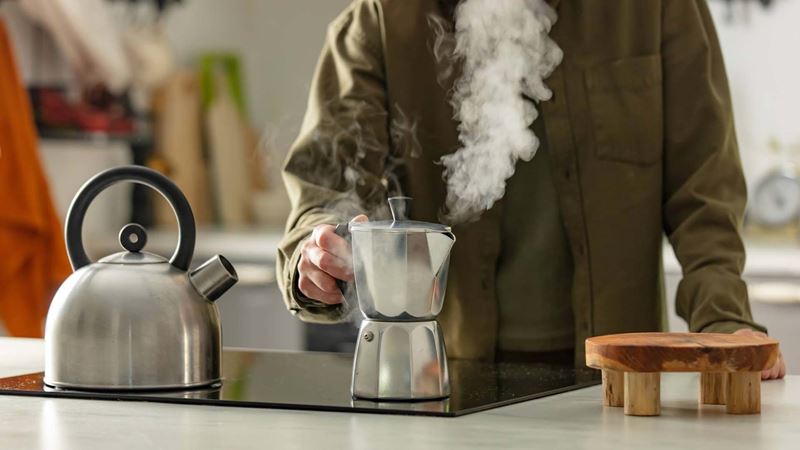
The flavours and aromas of your coffee can change depending at what temperature it’s been brewed. The ratio of water to coffee can also affect the taste.
“The temperature and ratio of your water are key to getting the most flavour out of your coffee,” says Thornley. “Getting it wrong could leave you with a burnt and bitter-tasting brew, or one that’s watered down.”
The exact temperature you need will depend on the beans and grounds you use, but generally, a temperature around 90–96°C (194–204.8°F) is good. The coffee-to-water ratio should be about one part coffee to 15 parts water, which will help you extract the most flavour.
If you’re making an espresso, use a ratio of one part coffee to two parts of water because it is a concentrate that is typically diluted in water or milk.
If you want to recreate your favourite store-bought cappuccino or latte, you’re going to need to froth up that milk.
“The best way to get frothed milk is by buying a machine with a steam wand, as they are much better than products that just aerate,” says James Gray, founder and director of Dorset-based roasters Barista & Co.
Steam wands can be tricky to master, but Andy Cross, head roaster at Two Chimps Coffee, says practice will make perfect – eventually!
“Keep practising with milk steaming,” he says. “It’s a tricky skill to master, but getting a lovely froth on your drinks will truly upgrade your coffee game. It’s also important to understand the drink you are making and learn how to steam milk for that specific drink. The froth on a latte is different from the froth on a flat white, for example.”
Don't have a steam wand? You can buy a battery operated foamer like the Nanofoamer, RRP £39.
Alternatively, Gray says there are other ways to get that perfect frothy coffee.
“You can also use a cafetiere”, explains Gray. “Just use the filter to froth a small amount of milk and then put in the microwave to heat for 30 seconds.
“It is best to use a small cafetiere and ensure you don’t put any metal components in the microwave, only the glass beaker.”
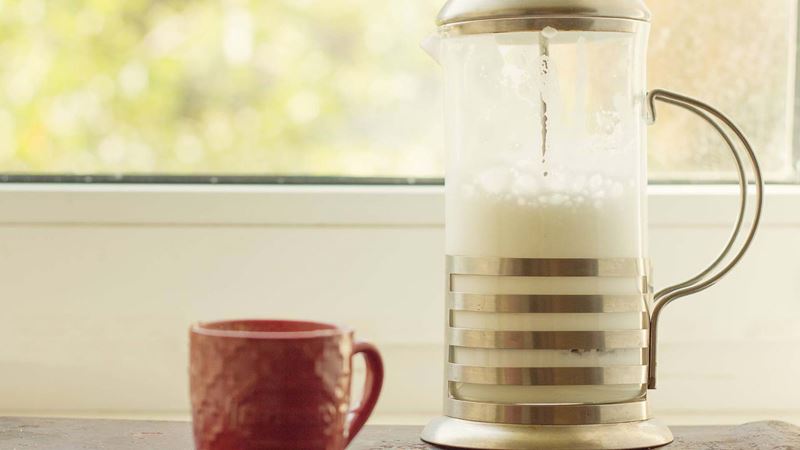
That beautiful coffee art that your local barista adds can be done at home, but it might take some practice.
“Making latte art can be a bit difficult, but with practice you can get more creative,” advises Mika Tomada from Pearl Lemon Café in London.
She continues: “To begin making latte art, opt for a 1:3 proportion of espresso to milk when carefully adding the milk. Add this into the espresso's centre and then move the container of steamed milk in a circular pattern to make a white dot just on top.
"In order to make patterns like crosses, hearts or roses, drag a toothpick or similar object through the dot next.”
To make latte art easier, make sure you get the right type of jug or pitcher. The spout shape makes a difference to how the milk pours. For beginners, a classic spout like the one on the Clumsy Goat Coffee foaming jug (£12.90) is perfect.
If that seems too difficult, a shake of hot chocolate or cocoa powder will add a delicious finishing touch. And if you want to get fancy, try a stencil (£5.79, Amazon) – no-one will know you cheated!
Jayne cut her online journalism teeth 24 years ago in an era when a dialling tone and slow page load were standard. During this time, she’s written about a variety of subjects and is just at home road-testing TVs as she is interviewing TV stars.
A diverse career has seen Jayne launch websites for popular magazines, collaborate with top brands, write regularly for major publications including Woman&Home, Yahoo! and The Daily Telegraph, create a podcast, and also write a tech column for Women’s Own.

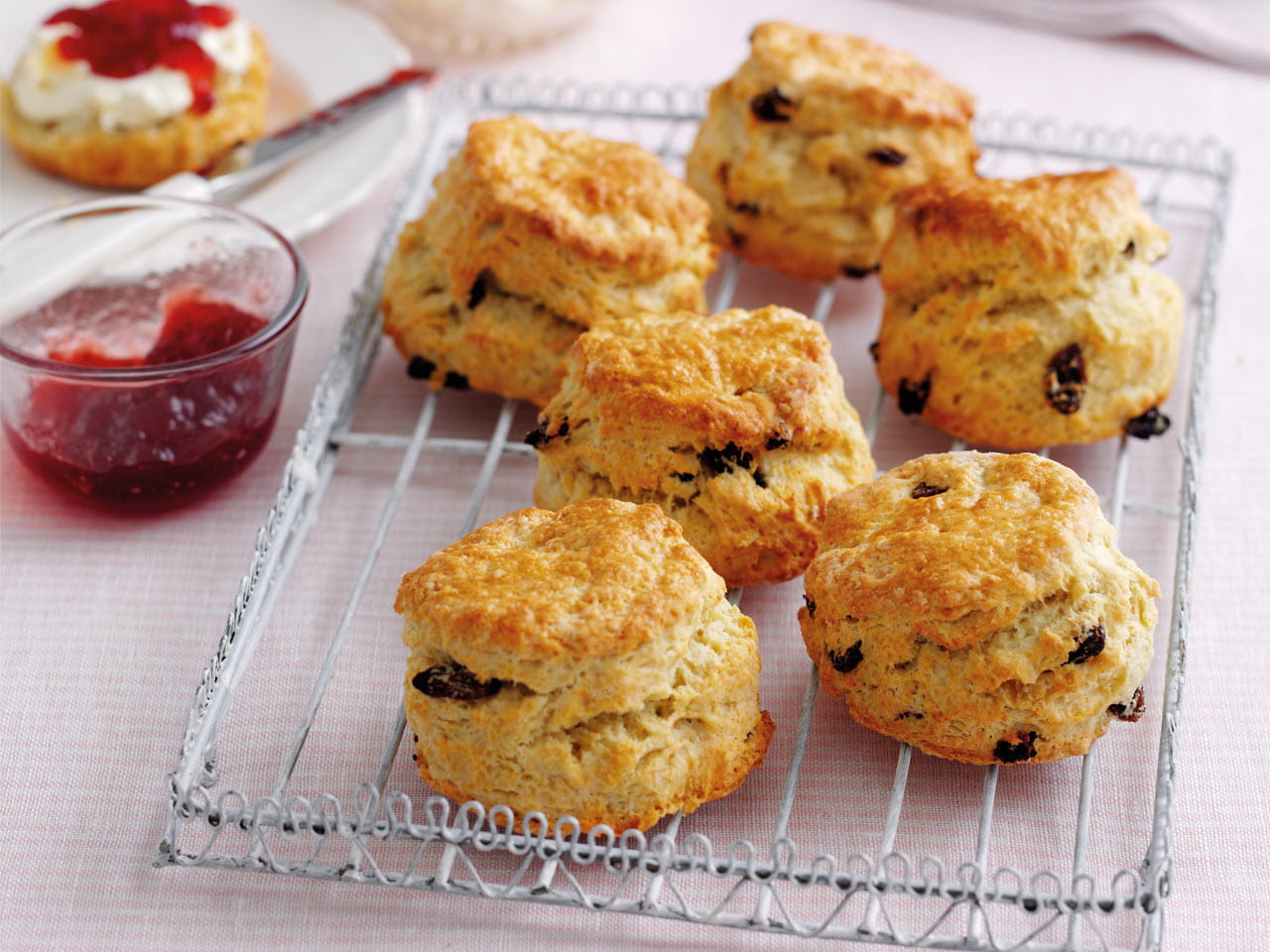
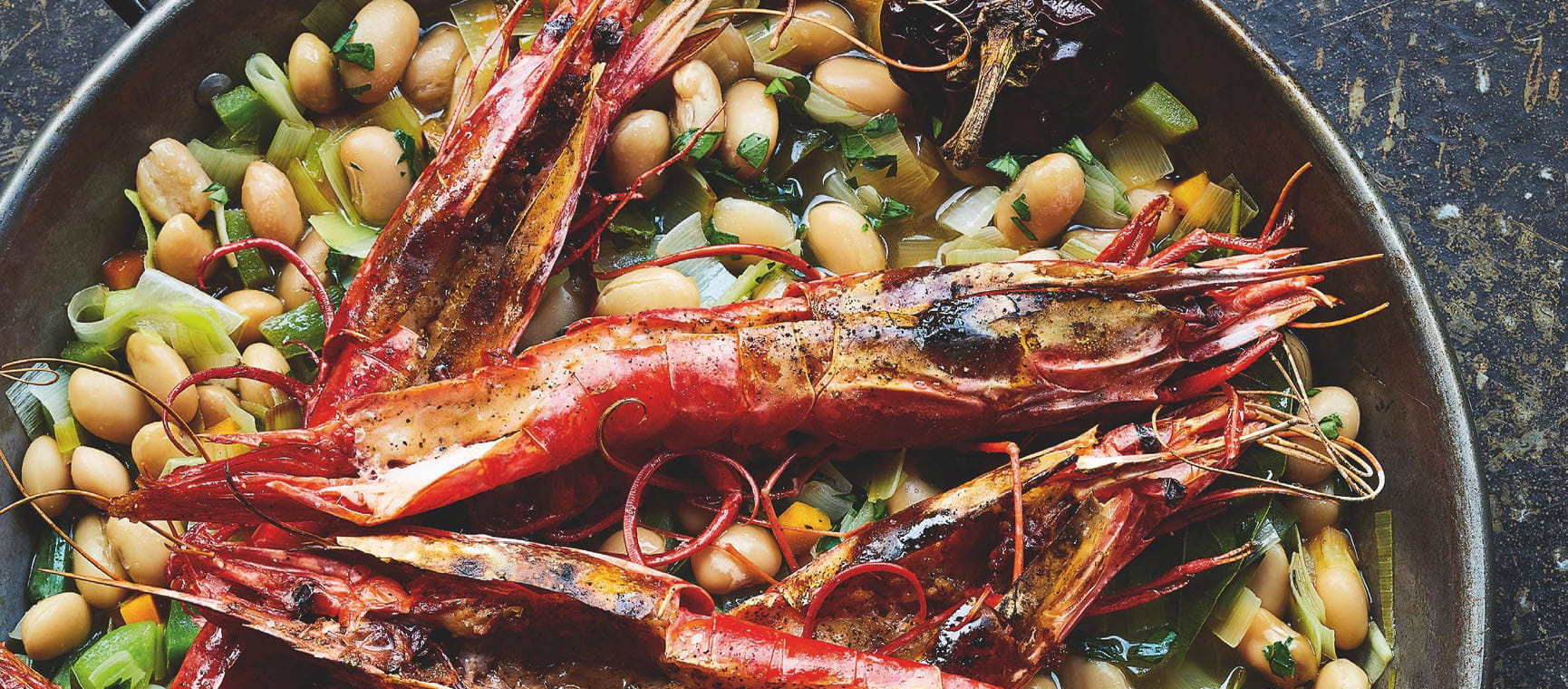
Celebrity chef James Martin shares his recipes for Valencian Beans and Prawns and Creme Caramel with Spiced Seville Oranges.
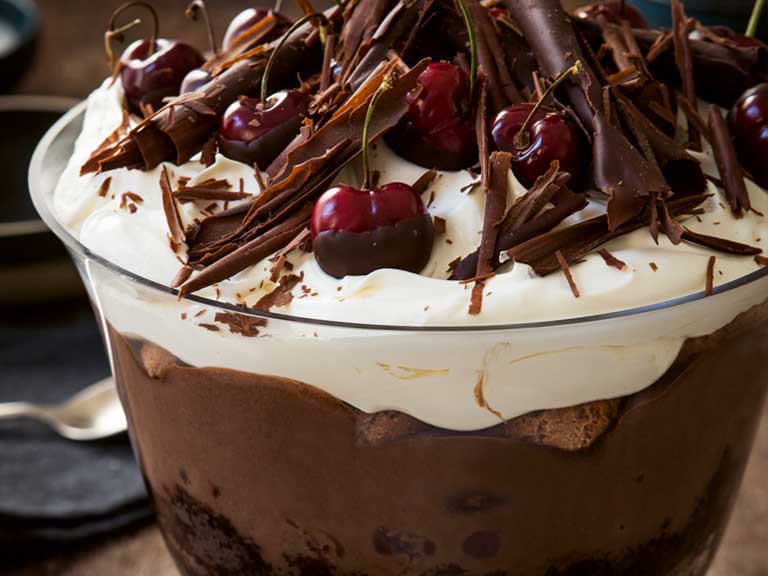

As summer approaches, our expert says it’s time to reappraise rosé and seek out more robust styles.

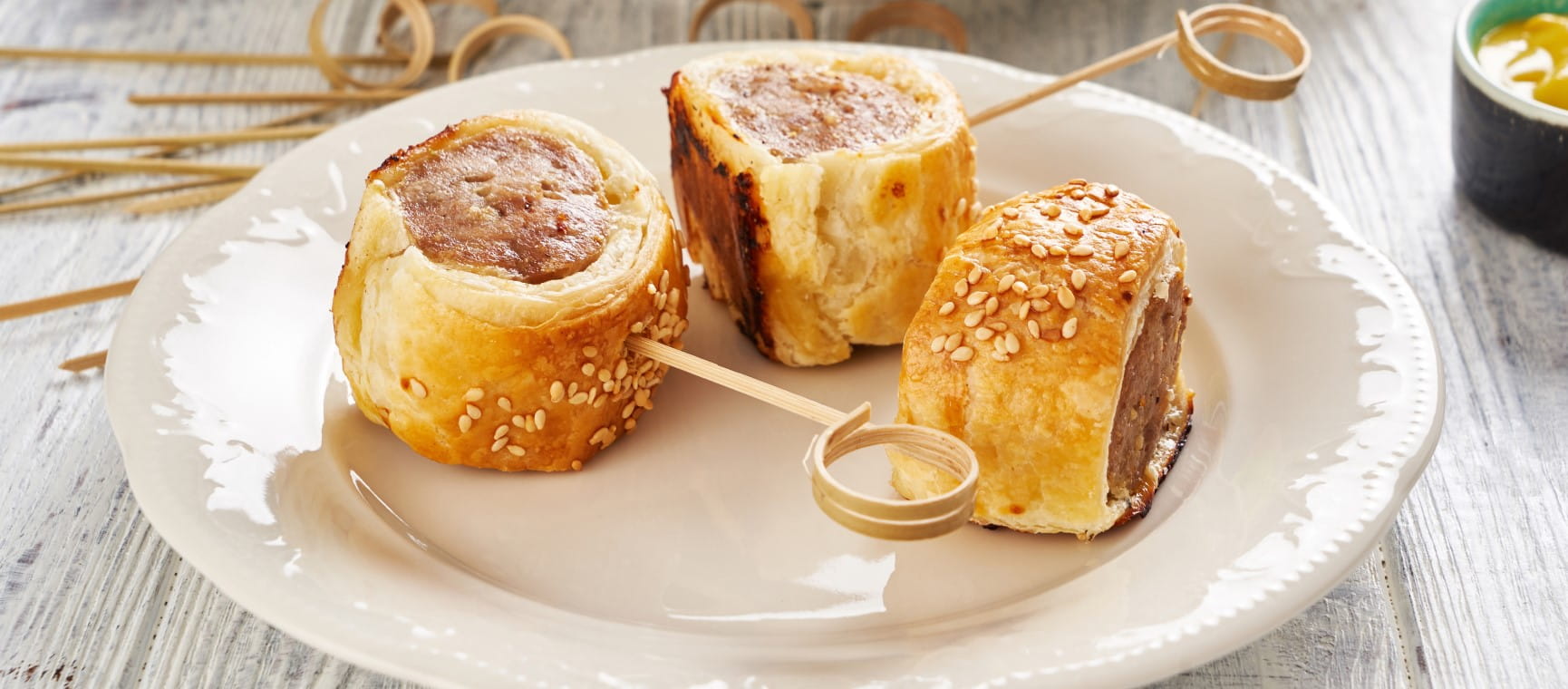
From parties to picnics, mini sausage rolls are the perfect snack. But which ones are our experts’ favourites?

Both sit nicely atop your kitchen counter, but is one better than the other?
